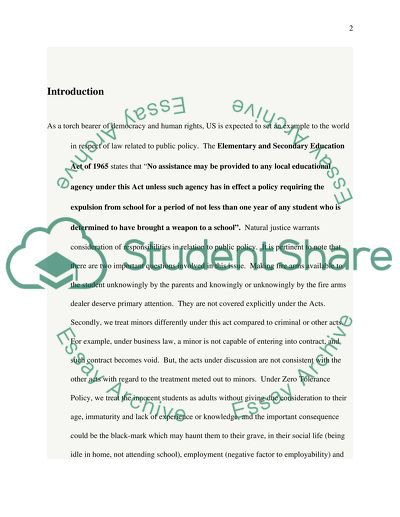Cite this document
(“Zero Tolerance Policy in the K-12 United States Education System Research Paper”, n.d.)
Zero Tolerance Policy in the K-12 United States Education System Research Paper. Retrieved from https://studentshare.org/education/1571714-zero-tolerance-policy-in-the-k-12-united-states-education-system
Zero Tolerance Policy in the K-12 United States Education System Research Paper. Retrieved from https://studentshare.org/education/1571714-zero-tolerance-policy-in-the-k-12-united-states-education-system
(Zero Tolerance Policy in the K-12 United States Education System Research Paper)
Zero Tolerance Policy in the K-12 United States Education System Research Paper. https://studentshare.org/education/1571714-zero-tolerance-policy-in-the-k-12-united-states-education-system.
Zero Tolerance Policy in the K-12 United States Education System Research Paper. https://studentshare.org/education/1571714-zero-tolerance-policy-in-the-k-12-united-states-education-system.
“Zero Tolerance Policy in the K-12 United States Education System Research Paper”, n.d. https://studentshare.org/education/1571714-zero-tolerance-policy-in-the-k-12-united-states-education-system.


